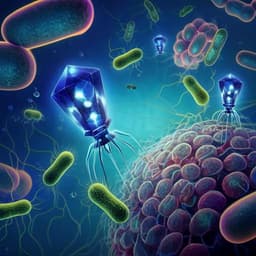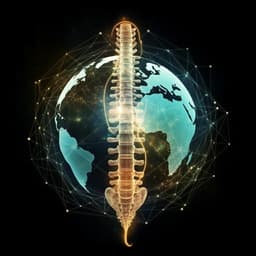
Environmental Studies and Forestry
Expanding access to water quality monitoring with the open-source WaterScope testing platform
A. Dabrowska, G. R. Lewis, et al.
Discover how WaterScope is set to revolutionize drinking water quality assessment in low-income communities, enhancing access to affordable and reliable testing. This innovative open-source platform combines a modern testing mechanism with machine learning for accurate results, and was developed by a collaborative team of researchers including Alicja Dabrowska and George R. Lewis.
Playback language: English
Related Publications
Explore these studies to deepen your understanding of the subject.







